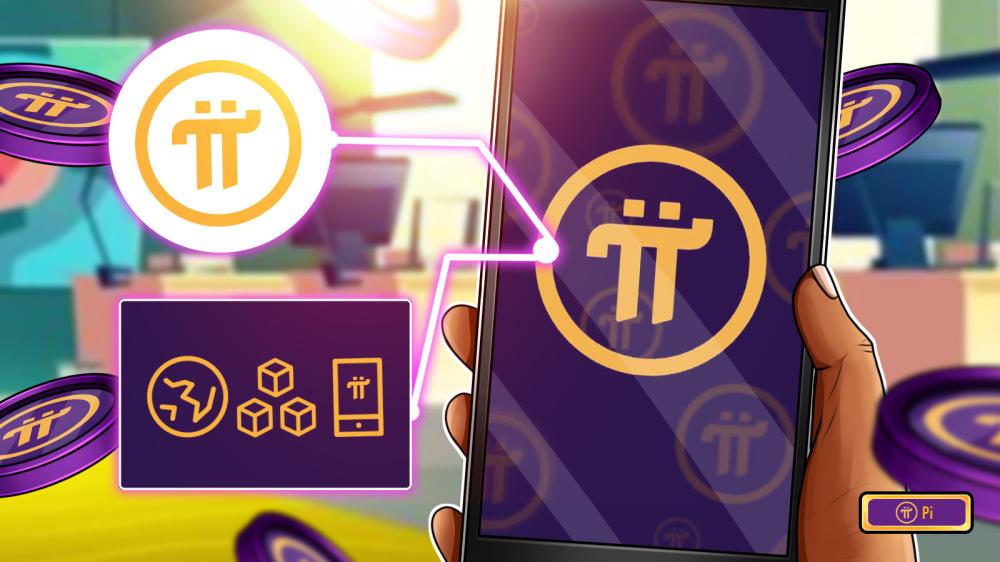A blockchain is essentially a distributed digital database. The order of the data blocks is chronological. Cryptographic proofs are used to link and safeguard the blocks. Our way of working and living is already changing as a result of the adoption of this technology across several industries.
The notion is that networks and marketplaces may operate without the need for third parties in a future enabled by decentralized and secure blockchains. But most experts concur that a fundamental issue needs to be resolved if this technology is to be used more broadly. The “blockchain trilemma” refers to the issue at hand.
Vitalik Buterin, a co-founder of Ethereum, popularized this phrase. You must be aware of the three different characteristics that a blockchain should have: decentralization, security, and scalability, for it to make sense. The blockchain trilemma refers to the notion that blockchains struggle to concurrently achieve optimal levels of all three attributes. Usually, strengthening one results in weakening another.
Here are the three basic goals of a Blockchain:
1. Decentralization
Blockchain networks like Bitcoin are by design decentralized. There is no single entity or group in command due to the design of the entire system. It is decentralized instead. Anyone who wishes to participate can do so at the network layer. As a result, rather than being held by a single body, control is evenly distributed. The same info is available to everyone. The remainder of the participants will disregard any attempts to game the system by altering the records in their favor.
Strength:
- Open to everyone
- You own the data instead of being controlled by apps & companies
Challenges:
- Reaching consensus takes time & limits the number of transactions per second (TPS)
- Lowering validation standards can decrease security
2. Security
A blockchain’s level of decentralization is meaningless if it lacks security. Ideally, a blockchain network would be impervious to attacks from malevolent parties. The restricted nature of centralized systems lends itself to greater security. The data will be free from interference, whoever is in charge. But how is this accomplished in a system that is decentralized and open to participation?
Although it’s a complex subject, we may use Bitcoin as an illustration of decentralized blockchain security. The Proof of Work network consensus method and cryptography are both used by the Bitcoin blockchain (PoW). Each block in terms of cryptography has a type of digital signature (or hash). Each data block is connected in a secure manner that prevents tampering.
Strength:
- Cryptography-protected data validated by numerous nodes, cannot be tampered with
Challenges:
- Energy/work intensive, limiting TPS
- Fewer validators for more efficient consensus might make the network vulnerable
3. Scalability
Building a blockchain that can sustain an increasing number of transactions per second is known as scalability. If blockchain technology is to benefit a larger society and potentially billions of users, scale is necessary. But many blockchains are still having trouble in this area.
This is due to the fact that decentralization and security are so essential to blockchain that they frequently receive the most attention. Decentralization is so fundamental to the principles and objectives of blockchain that it forms the basis of the majority of well-known blockchains. As we’ve already covered, security is a crucial component of a blockchain’s success and utility.
Strength:
- More TPS, allowing an increase in adoption
Challenges:
- Reducing the number of validators for quicker consensus hurts decentralization
- Less nodes would also weaken the blockchain’s security
Reducing the number of participants who affirm and add to the network data in exchange for greater scalability and speed is the most straightforward and fundamental solution to the challenge described above. However, doing so would erode decentralization and provide control to a smaller group of players. Additionally, it would impair security because assaults are more likely to occur when there are fewer players.
















I am sending you 1π! Pi is a new digital currency developed by Stanford PhDs, with over 47 million members worldwide. To claim your Pi, follow this link https://minepi.com/daiv101 and use my username (daiv101) as your invitation code.